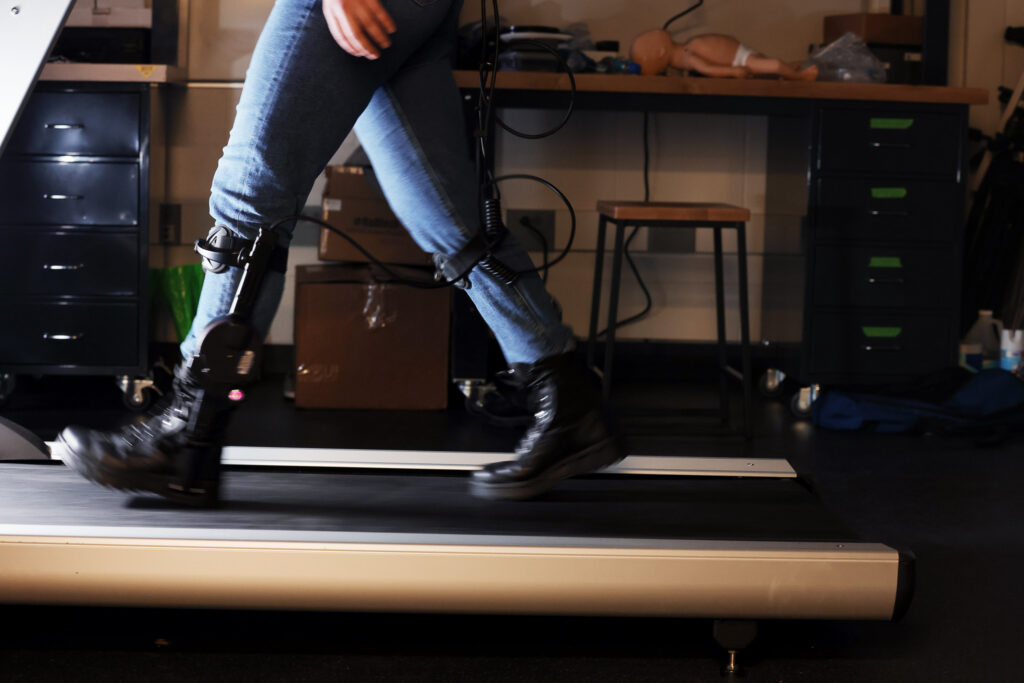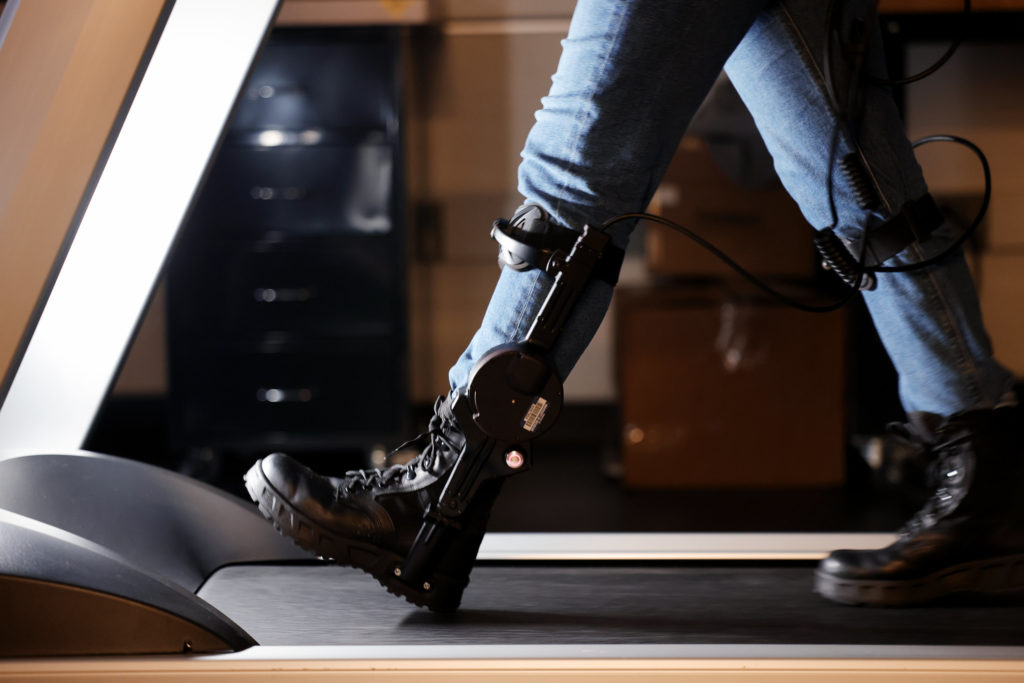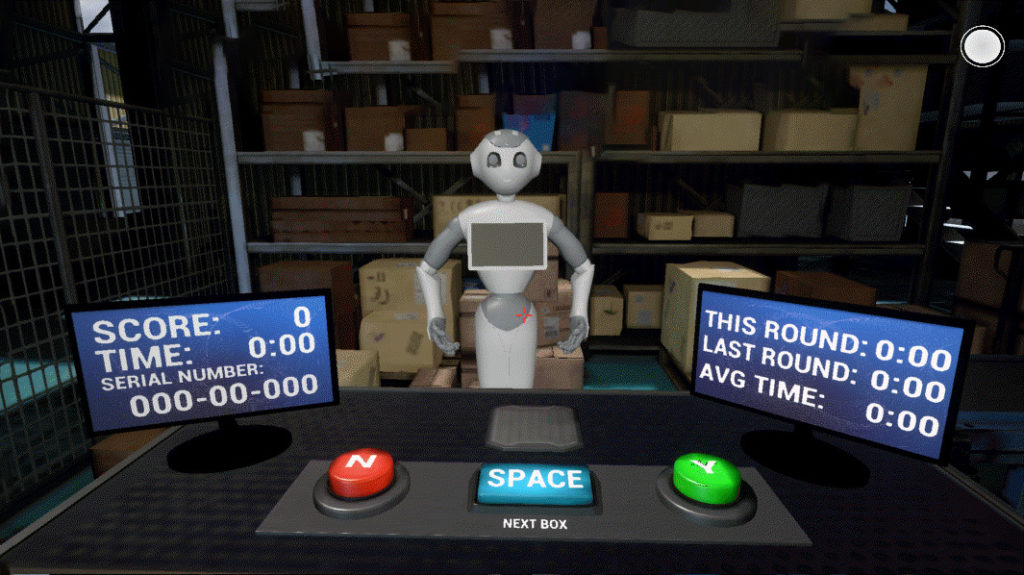Even robots make mistakes: How humans walk with imperfect exoskeletons
March 12, 2024
Researchers assessed the impact of exoskeleton accuracy on walking behavior, working towards co-adaptive exoskeleton algorithms

When lower limb exoskeletons—mechanical structures worn on the leg—do not operate properly, some people adjust quickly while others compensate with their ankle or hip, expending more energy than necessary, according to a new study by University of Michigan researchers.
The results, published in IEEE Robotics and Automation Letters, inform the development of future co-adaptive exoskeleton algorithms—meaning both the person and exoskeleton learn from and adjust to one another.
Continue reading ⇒
